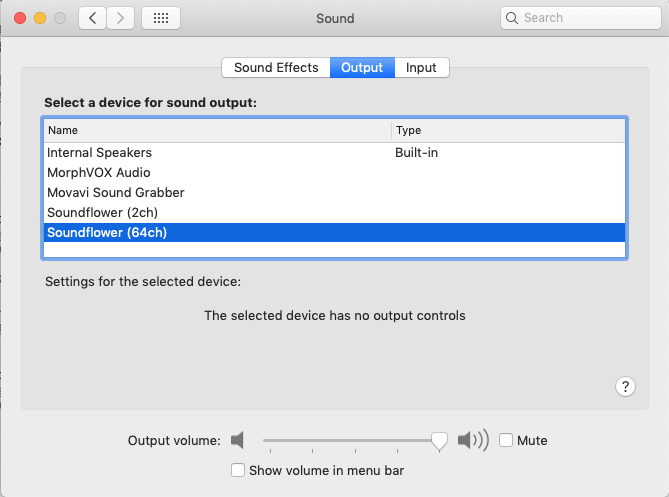

- #MAC REMOVE KERNEL EXTENSIONS HOW TO#
- #MAC REMOVE KERNEL EXTENSIONS MAC OS X#
- #MAC REMOVE KERNEL EXTENSIONS DRIVERS#
Powerful botnets and well-funded hackers use persistent threats in the form of kernel modules to silently exploit unsuspecting users.

We live in a much different world than we did 10 years ago. To provide a different perspective: I'm happy to see the discontinuity, because it's creating a UI that is prioritizing security. Even better would be if the kextload command would pause until the response to the dialog whether accept or deny has been provided by the user. It would be nice if the warning dialog would give the user the opportunity to approve it then and there instead of having to later go to Security Preferences. So, really, the only sticking point for us now is the discontinuity introduced by users having to go to the Security Preferences panel.
#MAC REMOVE KERNEL EXTENSIONS DRIVERS#
Once one of our drivers has been whitelisted, all of the ones sharing the same Team ID are also whitelisted. Not only will this be painful for our customers they'll have to go to the Security preferences and click "Accept" for each driver in our installbut it will likely cause problems for our automated testing as well. Also, the whitelisting seems to be on a per-kext basis, not a per-developer basis, such that I have to do this for each of our drivers. This will look scary to my customers I should have added: yes, my kext is properly signed I think!! I'm seeing the same thing. Is this something new applying to all kernel extensions, or am I just doing something wrong? Security in System Preferences allows to unblock. Remove kernel extensions when FileVault is enabled.High Sierra is blocking my kernel extension from loading.
#MAC REMOVE KERNEL EXTENSIONS HOW TO#
You are here: Home How to How to Uninstall Kernel Extensions When you are removing applications using the uninstaller from Nektony, you may face an error with deleting some service files and folders.Ĭontents: Remove kernel extensions when FileVault is disabled. Then re-enable the System Integrity Protection again. In this case, you will have to disable SIP and remove a kext file manually. When the FileVault is enabled on your Mac and your disk is encrypted, your system will not allow you to remove any kext file from your disk using Terminal in the recovery mode. You will see an unusual startup window - this is the recovery mode. First, write down the path of the kernel file. So in this article, we are going to explain how to remove the kernel extensions. If you try to remove such a file to Trash, you will face a situation when Finder ignores the removal command. Kext files are usually stored in the Extensions folder is deep subfolders. This happens because specific applications, mostly antiviruses, can create kernel extensions which are able to protect themselves and some related files from being removed. When you are removing applications using the uninstaller from Nektony, you may face an error with deleting some service files and folders.
#MAC REMOVE KERNEL EXTENSIONS MAC OS X#
List All Third Party Kernel Extensions in Mac OS X


 0 kommentar(er)
0 kommentar(er)
